If you want to make your site and a flower garden unusual and special, you can land on it a gentle and fragile plant - Akvilia. This flower is a little familiar, but before he was widely known and was applied in different areas, even in defense against the witchcraft forces. Possessing bright and beautiful flowers, it will become the perfect garden or flower garden decoration. In this article, we will consider the features of this unusual flower, as well as we present the characteristics of the main types and varieties of Aquaillegia, we learn the subtleties of landing and care for Aquille in the open soil.
Features and description of Aquailia
Aquille is a perennial herbaceous plant and refers to the family of ilok. Known flower Aquaille from the Middle Ages, when he was a permanent guest on all household plots. This flower is mentioned in works of art: paintings and novels. Previously, it was used to boost evil spirits.
His homeland is considered to be North America, and in nature can grow on the northern part of Europe. Therefore, our climatic conditions for him are quite pleasant. This flower has a very interesting feature - a large number of titles. In addition to his Latin, which in translation denotes "collecting water", it is called Columbine in England and America, "five birds together" in Austria, "Elf's shill" in Germany, Orlik or a catchment in Russia.
To date, you can still meet this flower on the plots, as the fashion is returned to the old days. Especially popular began to grow wild varieties of Aquillegia to create gardens in natural style. At such sites it will not be necessary to loosen, drip, everything grows itself.
Description of Aquailia:
- This flower is a perennial plant, blooms mainly for the second year after landing.
- In nature, there are about 120 species of this plant, cultivated in the garden only in the area 40.
- In the height of Aquaille differs depending on the variety. The lowest is fan, its height is 15-20 cm.
- Akvilia has a biennial development cycle: in the first year a socket is formed, and on the second year, leaves and flowers with beautiful and multi-colored flowers appear.
- The leaves of Aquillegia have an openwork form, consist of three parts, therefore they have the name - troops.
- The painting of the leaf of the leaf is green, they grow out of the root rosette on long cuttings. In length reach 5 cm.
- The surface of the leaves has an unusual property - it is poorly wetted with water, it rolls down on them.
- Flowerines in the plant are a reprehension, pretty durable.
- Flowers have a rather unusual form: 5 pointed cups and 5 petals in the form of funnels, which most species end in spores.
- Coloring in colors is the most diverse, it all depends on the specific variety. There are types of Aquillets with two-color flowers or even terry.
- Flowering Aquailia begins at the beginning of summer, the duration of it is about a month.
- The fruit is sleeping in July, they are poisonous.
Stock Foto Aquillegia in the garden
Flowerbed with terry flowers:
AKVILIA IN NATURE:
Flowerba with Aquaille:
Main types and varieties of Aquiegia
About 40 species of Aquiligeans are cultivated in the world, which have many different varieties.
Hybrid Aquailia
This group includes various varieties obtained from any crossing. Such plants are inherent in a thickened root at the base, as well as a reprehensive stem branches. In height can reach one meter, the average height is 50-100 cm. Leaves with a SIZY RATT, sometimes motley.
Flowers are quite large, up to 10 cm in diameter. May be simple or terry with long spurs. It pleases this group of varieties and a variety of colors: from white to yellow and pink. They are distinguished by the fact that spurs and petals in colors of different colors.
The hybrid varieties of Aquillegia occurred mainly from the crossing of ordinary Aquilius with American species: Golden, Canadian, Blue.
Popular hybrid varieties of Aquailia:
- Maccans. Different with high growth - reach a height of 120 cm. This group includes flowers with yellow painting, pink, purple, lilac.
- NORA BARLOW - Pink Flowers.
- Black Barlow - Black and Purple Flowers.
- Ruby Port - bright red flowers.
- Biedermeier is a wide variety of colors, waterflowing flowers of terry, low growth of the plant itself.
Akveliya ordinary
Meadows and forests are considered to be familiar habitat of the habitat of this type of plant. In height, 80 cm can reach, a very branched plant - the crown grows by 40-50 cm. Ordinary green leaves with a SIZY Tint. They are twice with dissection. Flowers are usually single, medium size - approximately 4-5 cm in diameter. This type of Aquillecia since June-July is blooming.
Ordinary Aquaille can very often be found on abandoned old manors, since this species practically does not do. Currently, many decorative garden forms are derived with different colors.
Popular varieties:
- Flore Plena Black is quite high plants that can grow up to 80 cm. Such a grade has terry dark red, practical black flowers.
- Grannys Bonnet - also has terry flowers with plenty of purple pink petals.
- Nivea - This variety boasts blue-violet flowers with white stripes.
- Peachy Woodside - this grade in height reaches 75 cm, the flowers of peach-pink shade.
- Green Apples - distinguished by unusual flowers of white-green color.
- WinKy is the most popular variety, it can be grown even in pots. A low-speed plant, in a height of only 35-50 cm. Dark pink flowers and white-violet.
Akveliya Sibirskaya
This type of Aquility is distributed in Siberia, prefers to grow on floodplain meadows and forests up to the Alpine belt. The bush lush with a large number of stalks, the leaves have a reddish-green shade. Preferably, the flowers have a blue-purple color. One of the varieties is "advertised" with white flowers.
Akveliya Melkocevetkova
A distinctive feature of this species is the multiplicity of flowers and their rather small size. Habitat is the territory of Russia, China, Mongolia. Prefers to grow on dry soils in deciduous forests, birch groves and on the slopes of the mountains. The height reaches only 30-40 cm, the stem is deprived of the leaves. At the end of the stem is collected in inflorescences. Beautiful little flowers of purple blue shade.
Akveliya ferrevoid
In nature grows on the territory of Sakhalin and the Kuril Islands. The plant is short and medium in size. The average height is 15-60 cm. The leaves are located on long cuttings and have a triple form. On a long blooming can be from 1 to 5 flowers, which have a lilac blue color with white border.
Popular varieties:
- Alba and Nano Alba - Plant with snow-white flowers.
- Ministar - Sine-White Flowers of Small Size.
- White Jewel - also has flowers of pure white shade.
In addition to the above, there are still popular types of Aquillegia. They can be attributed to Akveliya Bertoloni, Discolor, Akvilia Zelencellum, Akvilia Karelin.
Reproduction of Aquillegia
Aquille can multiply in three ways: seeds, stalling and dividing the bush. The most acceptable plant for this is the cultivation of aquailia from seeds, as the other two pass quite painfully for Aquailia.
Reproduction of seeds
Akveliya from seeds begin to grown in autumn. To do this, you need to dry the seeds and subjected to their stratification at a temperature of +5 degrees. Next, they are scattered over the surface of the prepared soil, which is pre-moisturized. Seeds are slightly pouted ground and covered with glass or film. The first shoots should appear after 7-16 days.
Too often planted seedlings of Aquailia, it is necessary to dive into deep dishes for the normal development of the root system. After the appearance of seedlings, the seedlings are transferred from a cold place to the room and then it grows at room temperature. The main thing is not to put in a very hot place. In the open soil seedlings landed in May-June.
Reproduction of the division of the bush
This is a painful way of reproduction, since the root system of Aquillegia is very fragile and the plant does not tolerate the transplant. It is usually used if it is necessary to preserve some kind of valuable plant or grade. For breeding in this way the bush is not suitable for 3 years. It is necessary to dig it in early spring or autumn. Make it is very careful not to damage the roots. After extracting from the ground, the roots are wrapped with water and cut off all shoots, leaving only a couple of leaves. Then cut the plant into two parts so that you have a kidney and small roots on both sides. The cuts must be sprinkled with wood coal and put into light fertile land. Take a long time.
Pencornia reproduction
This method is carried out in spring to the dissolution of the kidneys. It is necessary to cut a young escape, handle the end with a special tool and planted into the ground, covering the plastic bottle. The plant is rouded 3-4 weeks, during which it is necessary to ventilate it and water. After rooting the cuttings, you should dig and put on a permanent place.
Preparation before landing
This is a very important stage, since each plant requires its growing conditions suitable for him to him and soil. Akvilia, though unpretentious plant, still requires attention. Especially during the landing.
Choosing a place
Aquillery can grow in open locality, and in the shade. However, if you put it on the sun itself, you should not wait for luxurious flowering. Flowers will be significantly less and coloring dim. The optimal place for them will be the half.
Before boarding, plan which composition you want to get. At the same time, choose the right variety, focusing on the time of flowering and the height of the plant. Correctly taking into account all the features of each variety, you will get a beautiful flowerub, which will delight you with bright colors.
Choosing soil
To obtain a lush plant with bright colors, you can choose a light and fertile soil. To get such a mix of the soil with a compost and carefully disappear, saturating it with oxygen. Loves Aquille to moderate wet land.
Landing Aquailia in Soil
- Carefully dig the soil, supporting it with a compost.
- If you are going to plant a few plants, make sure that there are 25-40 cm between them, it all depends on the variety and height of Aquailia.
- Usually 10-12 plants are planted on one square meter, but not more. Otherwise, they will drown each other.
- The planting technique depends on the planting material. If you sew the seeds in the soil immediately - place them to the depth of half a hundred. The seedlings are usually searched in May, digs for them small wells.
- After planting Aquillegia, the soil moisturizes.
Features of care for Aquail
Caring for Aquaille is exactly the same as for any other flowering plant. It requires a weeding, loosening, feeding and rare irrigation.
Watering
Akvilia is an unpretentious plant and can feel perfectly without water, as it has a long root system. However, still should not be deprived of it with water. Watering need as the soil is drying.
Weeding and loosening
This flower loves loose and light soils, so periodically need to loosen the land around the plant. Be sure to remove weeds so that they do not interfere with the growth of Aquailia.
Podchar
Flower periodically needed to plug compost, as well as make fertilizers. Usually it is enough to 1-2 times to feed Akveliya with mineral fertilizers per season. Every year it is necessary to add fertile soil under the bushes for intensive growth.
Trimming
This procedure is carried out if you do not want to arbitrary dispersion of seeds. Then pruning needs to be done immediately after flowering. Stems are cut at the level of roasting leaves. With this process, the plant retains its decorativeness.
Replacing Plants
Experts are not recommended very often to transplant the plant, since Aquaille does not tolerate this process. At about one place, Aquille can grow 5-7 years. After this period, you can deal with a transplantation. Carefully dig a bush together with the ground, then remove all shoots and cut it into two parts. They are then planted on another place. Therefore, the plant is updated.
Fighting pests and diseases
Like any other decorative plant, the cultivation of Aquailia is accompanied by diseases or may damage it. One of the main diseases is a malievable dew, which can appear on the plant planted in the shade. The symptom is a white bloom on the leaves, after which they become brown and fall. In this case, the plant must be treated with sulfur solution.
Frequently appears gray rot. It is manifested by dark watery spots on the leaves. It can be struggling with a solution of manganese.
As for pests, the most dangerous notes and caterpillar that can destroy the plant in a couple of days. Fundazole uses to combat them.
Beautiful and delicate flowers - a great decoration for any garden. And with proper care, Aquailia will delight you with constant flowering of its unusual colorful colors.

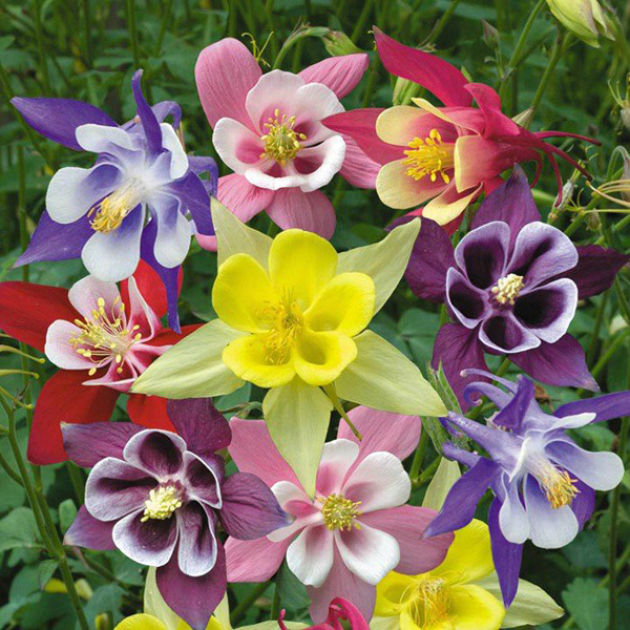
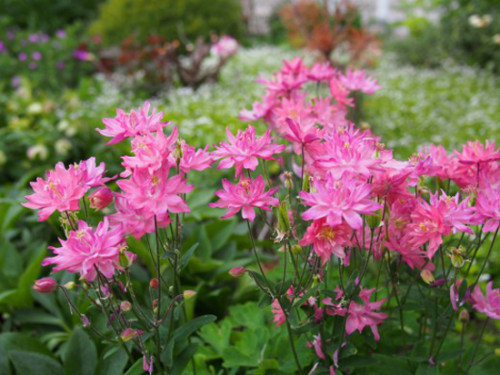
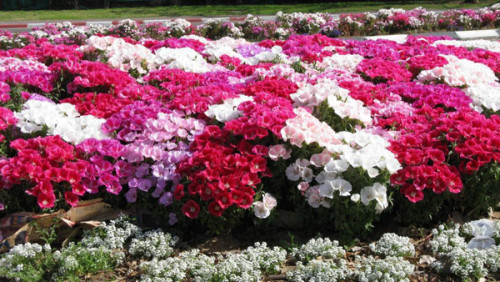
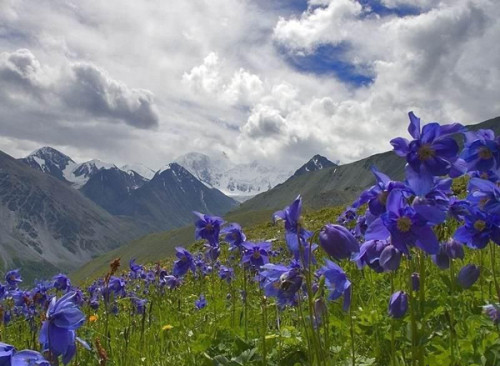
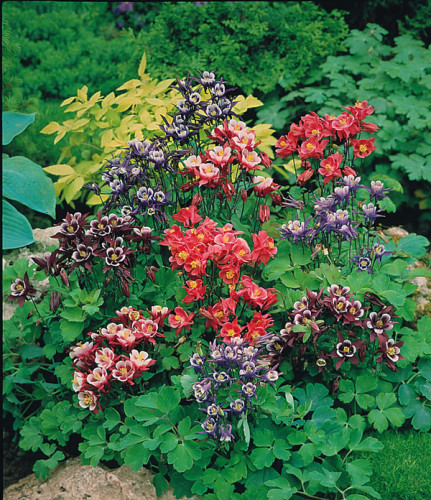
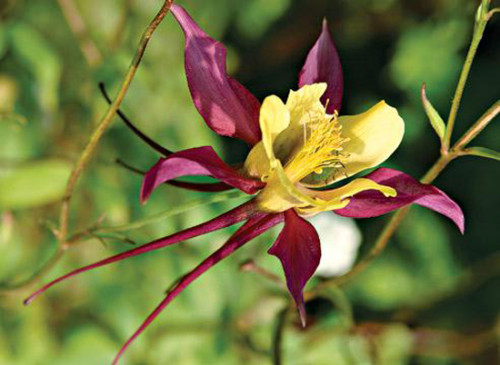
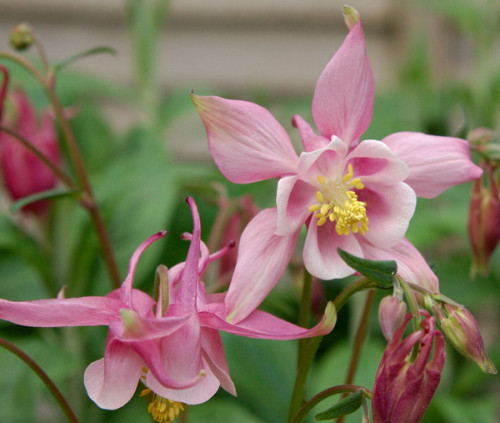
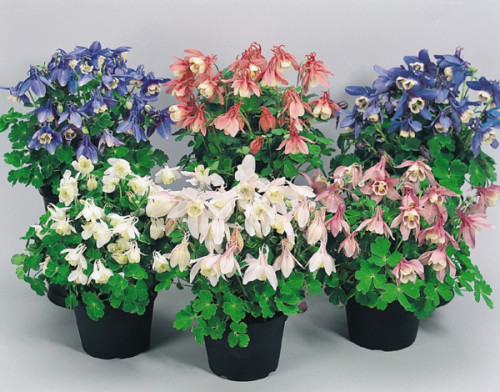
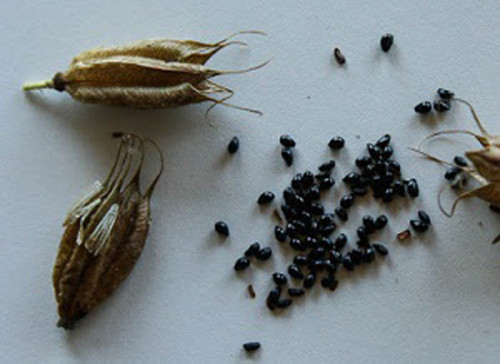
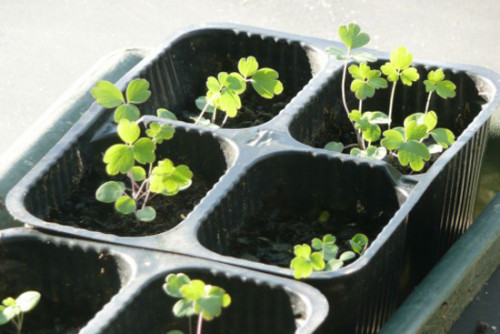
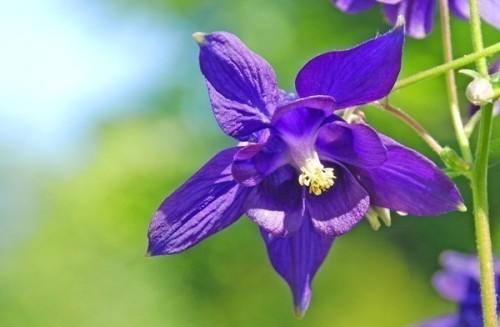












 Start a discussion ...
Start a discussion ...